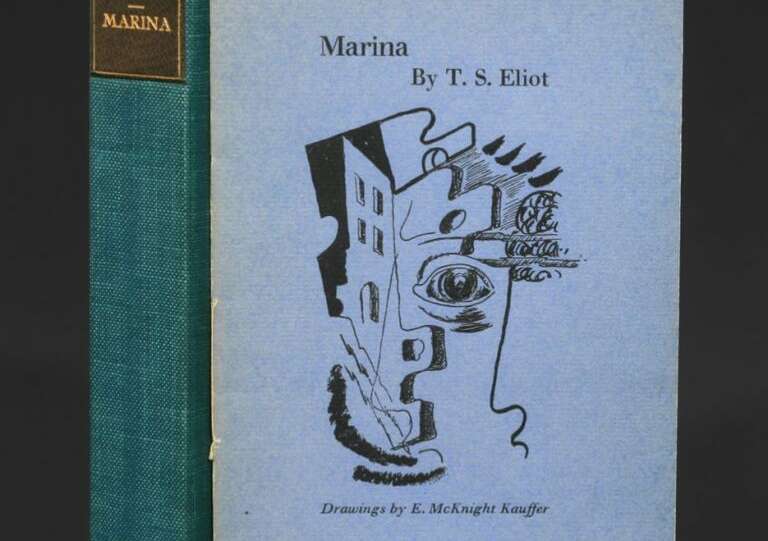
Discuss the role of Bindu in Tagore’s The Wife’s Letter
Bindu is the second important character of Rabindranath’s short story “The Wife’s Letter”. She is introduced somewhat later, long after Mrinal’s married life has begun. Bindu is the younger sister of Mrinal’s elder sister-in-law. She is forced to seek shelter in her sister’s house under the threat of misfortune. As a matter of fact, after the death of her widowed mother, Bindu is turned out of her house by her tyrannical cousins. She gets accommodation in her sister’s house but is treated as an undesirable intruder, even by the housemaids. She comes across Mrinal here, who readily takes charge of her with care and affection and even combats opposition for her sake.
Unfortunately, Bindu is no strong and spirited woman. She is nervous, shaky, and weak. So she suffers meekly and dumbly, living helplessly in a state of motivated neglect and insult. Mrinal’s interest in and intimacy with her are not at all liked by her husband and his family. They are all keen to get them separated. So, the effort begins to eliminate Bindu by arranging her marriage. Bindu is scared, for she possesses no qualities that would make her a match for her. She entreats Mrinal to let her remain unmarried. She has her womanly intuition that marriage will lead her from the frying pan to the fire. Mrinal has no power to stop the proposed marriage of Bindu. She can comfort her and assure her of her constant support. So Bindu gets married and, strangely enough, in the groom’s house against all usual norms.
Here begins Bindu’s worst misfortune. Her husband is starkly mad. This hard truth was kept concealed before the marriage. She raises no question, demands no justice, but seeks only a doubt, a fault, but not unnatural to a helpless, almost abandoned girl. Bindu is terribly frightened and flees away from her husband’s house to shelter in a corner, even in the cattle shed. The utter destitution of womanhood under the rigours of a man-ridden society is glaring in her lot.
Of course, Mrinal is true to her words and promptly accords protection to her. She even threatens to go for legal action against such a fraudulent marriage. But what can an average Bengalee housewife do against a heartless, exacting social order? Her husband is cold and sarcastic. His family is hostile.
The weak, ignorant girl in Bindu is, however, sensible enough. She understands the helpless situation of her only friend and well-wisher, Mrinal, all too well. Bindu decides firmly to spare her from all complications and harassment that might arise because of her. She remains true to her stand and returns no more.
Bindu instead suffers in silence. She returns to her husband’s home only to flee away therefrom in fear and pain to her cousins, who hurriedly take her back thereto. The young woman has suffered much under the thorny yoke of a cruel social system. She bleeds terribly but silently and puts an end to all pains to herself and troubles to others by setting fire to her clothes and killing herself thereby. She finds relief from her tyrannical cousins, her mad husband, and unkind fellow people in death.
Bindu’s death is tragic, nay, horrible, and amply bears out the helpless plight of womanhood in the fetters of a male-dominated society. Yet, in her mode of death, in burning herself, she shows her power of endurance that only death can end. Suffering seems fated to her in life and in death, but death is no ignominy to her. In Mrinal’s language,
In that death, she has attained greatness…
…….There she is infinite.
Bindu’s character thus serves a deeper symbolic purpose in the story. She is the living embodiment of the silent suffering and crushed potential of countless women in a patriarchal society, a tragic counterpoint to Mrinal. While Mrinal eventually finds the courage to break free from the oppressive confines of her household, Bindu represents the fate of those who are too weak, isolated, or conditioned to rebel. Her suicide becomes a grim mirror to Mrinal’s act of self-assertion: it is as if Mrinal’s liberation is achieved at the cost of Bindu’s life.
Through Bindu, Tagore not only depicts individual tragedy but also offers a scathing critique of the social system that commodifies women and denies them agency over their own lives. Bindu’s helplessness and death intensify the impact of Mrinal’s letter, making it not just a personal declaration of freedom but a collective protest on behalf of all women like Bindu who cannot write their own letters or choose their own destinies.





